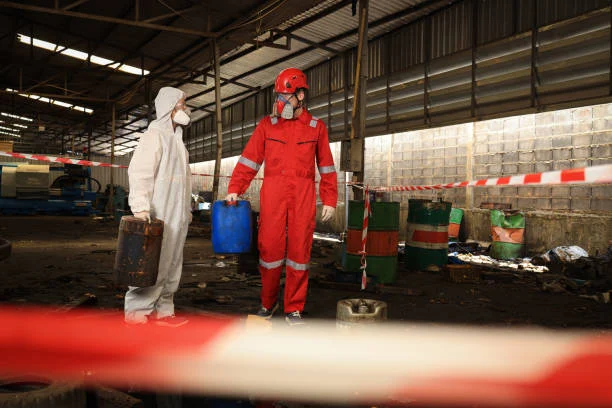
1. Introduction
Sodium cyanide is a highly toxic and reactive compound. In the event of a leak accident, it can pose serious threats to human health, the environment, and property. Therefore, it is crucial to have a well - defined and efficient emergency response plan in place to handle such situations promptly and effectively.
2. Immediate Emergency Response
2.1 Notification and Alarm
As soon as a sodium cyanide leak is detected, the first step is to notify the relevant authorities immediately. This includes local emergency response teams, environmental protection agencies, and the fire department. An internal alarm system should also be activated within the facility to alert all employees.
Provide clear and accurate information about the location of the leak, the estimated quantity of Sodium Cyanide involved, and any potential hazards such as nearby water sources or ignition sources.
2.2 Evacuation
Evacuate all non - essential personnel from the area surrounding the leak site. Establish a safe perimeter based on the potential spread of the toxic substance. Use loudspeakers, emergency alerts, or other communication methods to direct people to designated safe areas.
Ensure that employees are familiar with evacuation routes in advance through regular emergency drills. Provide assistance to those with disabilities or special needs during the evacuation process.
3. On - Site Handling Measures
3.1 Containment
Use spill containment kits to prevent the spread of Sodium cyanide. These kits typically contain absorbent materials such as vermiculite, clay, or special absorbent pads. Place the absorbent materials around the leak area to soak up the liquid or contain the solid particles.
For liquid spills, create barriers using sandbags or other suitable materials to prevent the contaminated liquid from flowing into drains, water bodies, or other sensitive areas. If the leak occurs in a building, close doors and windows to limit the spread of vapors.
3.2 Neutralization
In some cases, neutralization of sodium cyanide may be possible. For example, when reacting with hydrogen peroxide (H₂O₂), sodium cyanide can be converted into less harmful substances. The reaction equations are as follows:
When hydrogen peroxide is in short supply: NaCN + H₂O₂ = NaCNO + H₂O
When hydrogen peroxide is excessive: NaCN + H₂O₂ + H₂O = NaHCO₃+ NH₃
However, neutralization should only be carried out by trained professionals with appropriate safety equipment, as the reaction may produce heat and potentially harmful by - products.
3.3 Collection and Disposal
After containment and neutralization (if applicable), carefully collect the contaminated absorbent materials and any remaining sodium cyanide. Place them in sealed, labeled containers that are specifically designed for hazardous waste.
Arrange for proper disposal of the collected materials through authorized hazardous waste disposal facilities. Ensure that all disposal procedures comply with local, national, and international environmental regulations.
4. Personnel Protection
4.1 Personal Protective Equipment (PPE)
All emergency responders and personnel involved in handling the leak must wear appropriate PPE. This includes chemical - resistant suits, gloves, boots, full - face respirators with appropriate cartridges for cyanide protection, and safety goggles.
The PPE should be regularly inspected and maintained to ensure its effectiveness. Personnel should also be trained on how to properly don and doff the PPE to avoid self - contamination.
4.2 First - Aid and Medical Monitoring
Have a first - aid team on standby near the leak site. In case of cyanide exposure, immediate first - aid measures should be taken. Symptoms of cyanide poisoning include headache, dizziness, weakness, rapid breathing, and in severe cases, loss of consciousness and death.
If a person has been exposed to sodium cyanide, remove them from the contaminated area to fresh air immediately. If the skin is contaminated, remove the affected clothing and wash the skin thoroughly with water for at least 15 - 20 minutes. If the eyes are affected, rinse them with copious amounts of water. Provide oxygen if breathing is difficult.
Medical monitoring of exposed personnel should continue for an appropriate period, as some effects of cyanide exposure may be delayed.
5. Environmental Monitoring
5.1 Air Monitoring
Use specialized gas detection equipment to monitor the concentration of hydrogen cyanide (HCN) gas in the air. HCN is a highly toxic gas that can be released when sodium cyanide reacts with acids or in certain environmental conditions.
Continuously monitor the air quality in and around the leak site, and establish safe exposure limits. If the concentration of HCN exceeds the safe limits, take additional measures such as increasing ventilation or further evacuating the area.
5.2 Water Monitoring
If the leak has the potential to contaminate water sources, such as nearby rivers, lakes, or groundwater, set up water monitoring stations. Test the water for cyanide concentration at regular intervals.
Implement measures to prevent the contaminated water from entering the water supply system. This may include closing water intakes, diverting the flow of contaminated water, or treating the water to remove cyanide before it reaches the water supply.
6. Post - Accident Follow - Up
6.1 Investigation
Conduct a thorough investigation into the cause of the sodium cyanide leak accident. This includes examining the storage, handling, and transportation processes of sodium cyanide to identify any deficiencies or violations of safety regulations.
The investigation results should be used to improve safety procedures and prevent similar accidents from occurring in the future.
6.2 Environmental Restoration
If the environment has been contaminated by sodium cyanide, develop and implement an environmental restoration plan. This may involve soil remediation, water treatment, and the restoration of affected ecosystems.
Monitor the progress of environmental restoration to ensure that the affected area returns to a safe and acceptable state.
In conclusion, the emergency handling of sodium cyanide leak accidents requires a coordinated effort from multiple parties, strict adherence to safety procedures, and continuous monitoring to minimize the impact on human health and the environment.
- Random Content
- Hot content
- Hot review content
- Sodium Isobutyl Xanthate SIBX 90%
- Collector BLK-301/Composite Flotating Active Matter ≥60%
- Acetone
- Industrial Acetic Acid 99.5% Colorless Liquid Glacial acetic acid
- Thiourea 99% high activity Professional Producer
- Feed Grade 98.0% Calcium Formate
- Hydrogen Peroxide
- 1Discounted Sodium Cyanide (CAS: 143-33-9) for Mining - High Quality & Competitive Pricing
- 2China's New Regulations on Sodium Cyanide Exports and Guidance for International Buyers
- 3Sodium Cyanide 98% CAS 143-33-9 gold dressing agent Essential for Mining and Chemical Industries
- 4International Cyanide(Sodium cyanide) Management Code - Gold Mine Acceptance Standards
- 5China factory Sulfuric Acid 98%
- 6Anhydrous Oxalic acid 99.6% Industrial Grade
- 7Oxalic acid for mining 99.6%
- 1Sodium Cyanide 98% CAS 143-33-9 gold dressing agent Essential for Mining and Chemical Industries
- 2High Quality 99% Purity of Cyanuric chloride ISO 9001:2005 REACH Verified Producer
- 3Zinc chloride ZnCl2 for High Molecular Weight Polymers Initiator
- 4High Purity · Stable Performance · Higher Recovery — sodium cyanide for modern gold leaching
- 5High Quality Sodium Ferrocyanide / Sodium Hexacyanoferr
- 6Gold Ore Dressing Agent Safe Gold Extracting Agent Replace Sodium Cyanide
- 7Sodium Cyanide 98%+ CAS 143-33-9

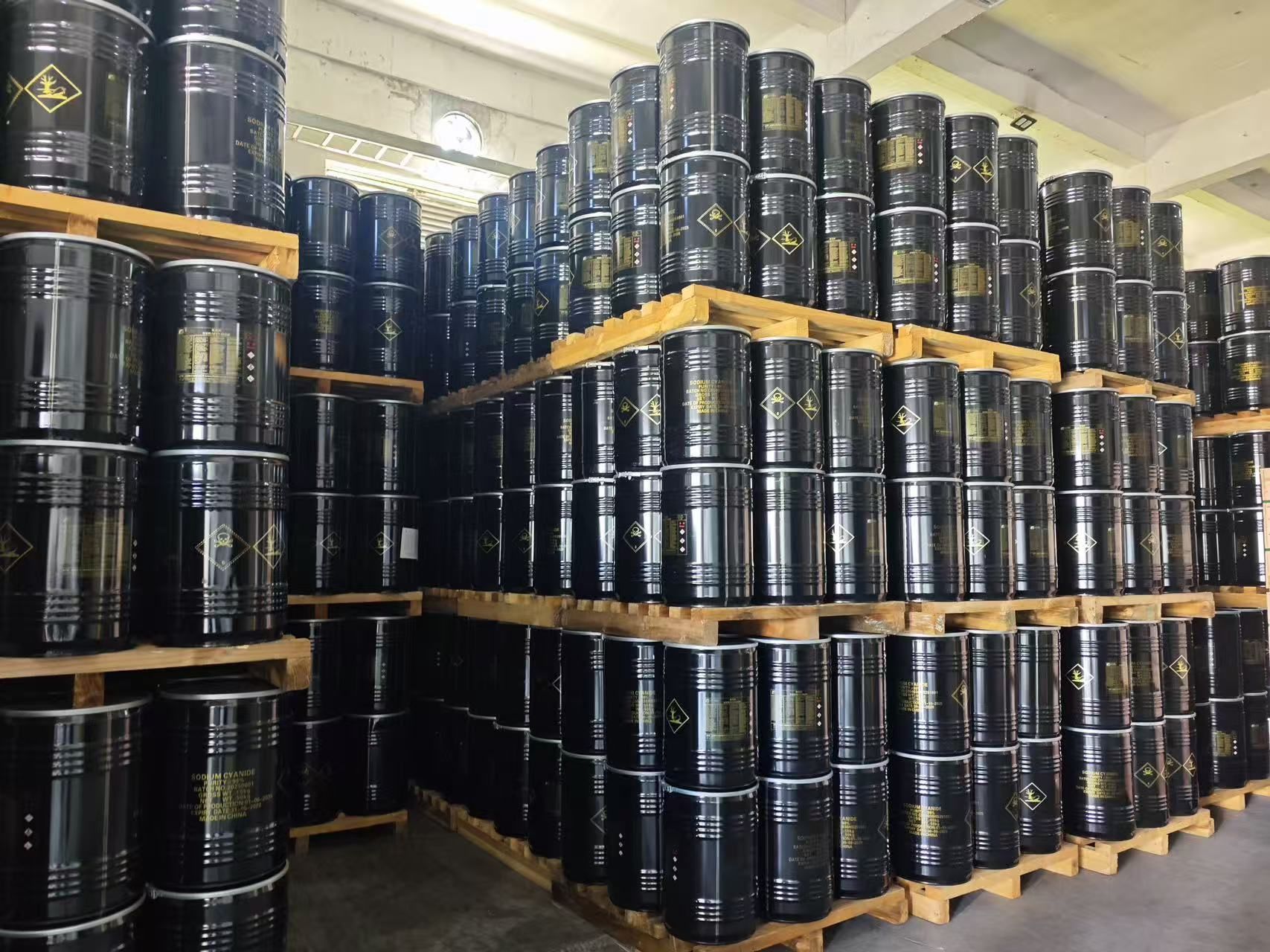
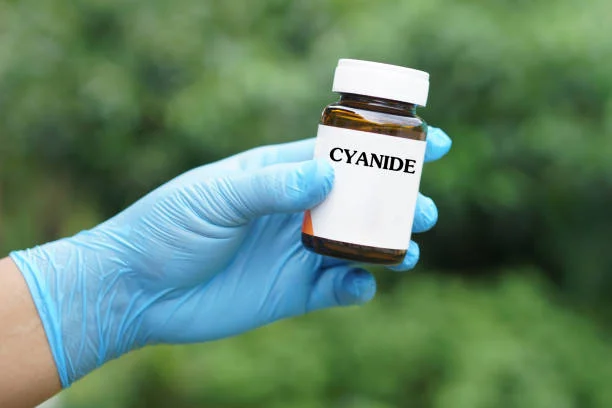
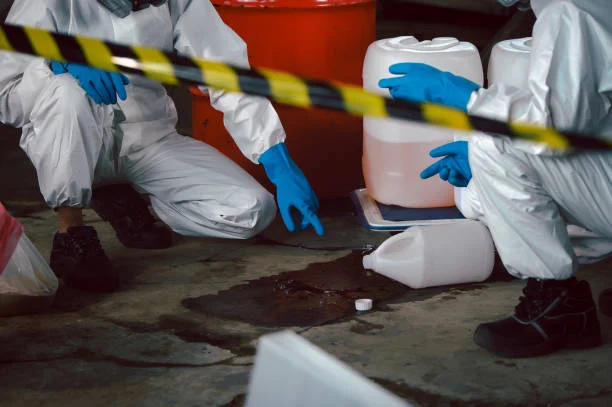
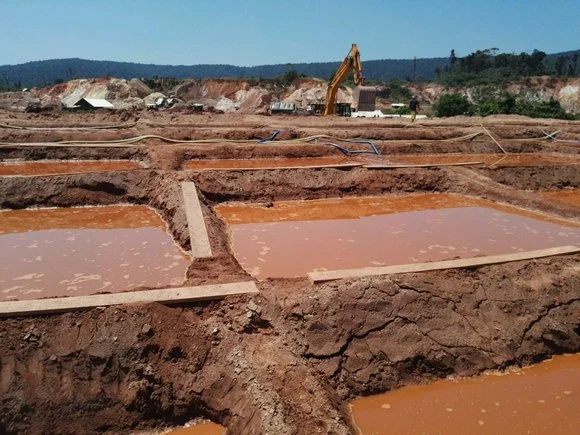
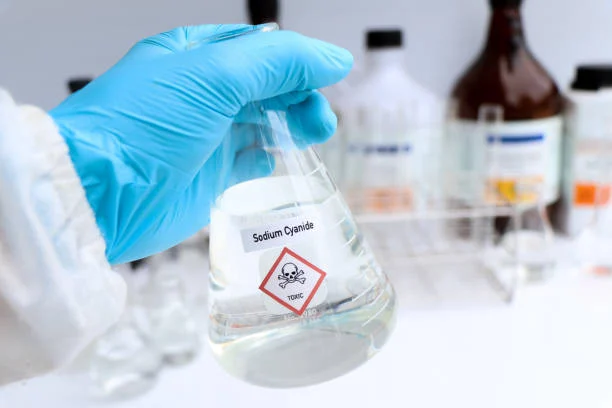
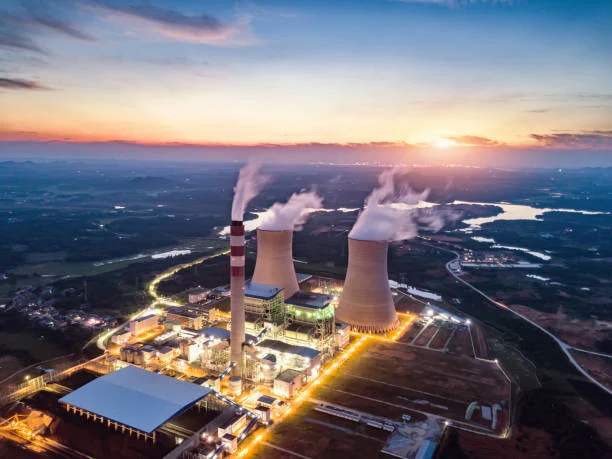

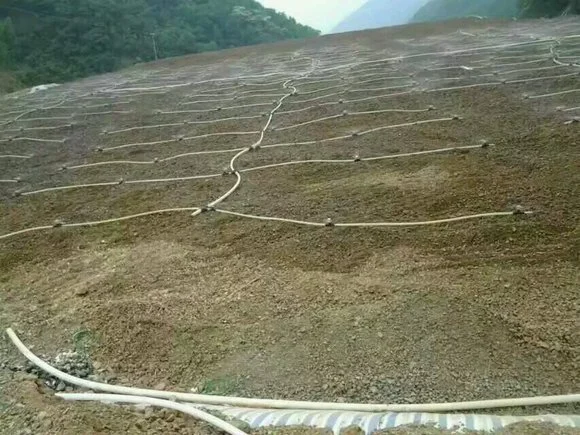


Online message consultation
Add comment: